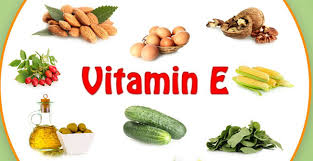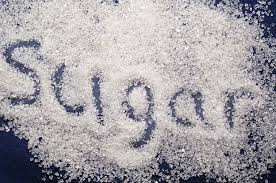Losing weight is tricky but
maintaining it is trickier. Weight loss by giving up on foods is never a
sustainable weight loss journey. Following a restrictive dietary regime in the
bid to shade some pounds is not the major challenge but maintaining the
achieved weight is. This is the reason it is essential to adopt a holistic behavioural
change modification that involves both healthy eating and lifestyle changes are
important before embarking on any weight loss journey. Eating a restricted or
limited diet of 2 to 3 food groups can result in an inadequate diet and chronic
fatigue. Instead, diversify your diet to include at least 5 classes of fruits
comprising.
There are many reasons why lost
weight is regained. This often related to feelings of deprivation and
unrealistic expectations.
i.
Lack
of sustainable mindset: focus on lifestyle rather than rules and base your
diets on healthy habits rather than willpower.
ii.
Restrictive
diets extreme calorie restriction of 800-1200kcal per day may slow metabolism
and shift appetite-regulating hormones.
iii.
Wrong
mindset: diet is not a quick fix but a life term solution to better health. If
you think it is a quick fix, you are likely to give up and gain back the lost
weight.
While maintaining weight is impossible, following simple maintenance dietary tips will help you keep those lost kilos off for good.
1.
Create a Food Plan:
Do not wait until you are hungry to eat this is because you are likely going to grab whatever food that is available while caring less about its nutritional quality. Instead, distribute your calories throughout the day. Distributing your calories in small frequent meals helps curb the physiological desire to overindulge in foods.
- Create the concept of eating three meals with two healthy snacks in between comprising protein, grain, fruit, vegetable, and dairy at a meal. The more varied the foods you eat, the more vitamins, minerals, and other nutrients you consume.
- Eat “clean.” This implies choosing minimally processed food rather than their refined versions. For instance, taking whole fruit rather than fruit juice. Minimally processed foods usually have more nutritional value and less sodium, trans fat, and other health-eroding ingredients.
- Eat-in moderation. While building the foundation of healthy ones, do not deprive yourself of enjoyable foods the watchword is “moderation”. Rather than classifying foods as being healthy or bad, aim for a diet that is majorly nutrient dense with fewer choices of energy-dense. In this way, refined or convenience foods can fit into a nourishing diet plan. Try to strike a balance in your choices.
2.
Eat Right and don’t just eat
- The key to building a healthy diet is to diversify your diet by consuming a variety of nutrient-dense foods from the five basic food groups (fruits, vegetables, grains, lean protein, low-fat dairy and calcium-rich foods).
- Eat rainbow. Strive to eat a varied colour of fruits and vegetables. Different colours offer different kinds of health-protective phytochemicals that are linked to reducing disease risk.
- Replace refined grains with whole grains until at least half of all the grains you eat are whole grains. Whole grains are excellent sources of carbohydrates, fibre, and B vitamins. They fuel your muscles, protect against needless muscular fatigue, and reduce problems with constipation. And despite popular belief, the carbohydrate in grains is not fattening excess calories are fattening. Excess calories often come from various forms of fat.
- Increase your intake of fat-free or low-fat milk and milk products, such as milk, yoghurt, and calcium-fortified soy beverages.
- Increase the amount and variety of seafood you consume by choosing seafood in place of some meat and poultry. That means more fish and less meat.
- Choose a variety of protein foods, which include seafood, lean meat, poultry, eggs, soy products, legumes, and unsalted nuts and seeds.
- Replace protein foods that are higher in solid fat with choices that are lower in solid fat and calories (such as chicken and eggs) or are sources of oils (such as fish and nuts).
- Use liquid mono- and polyunsaturated fats (such as olive, canola oil, soy oil, and safflower oil) or soft fats to replace solid fat (such as stick margarine) where possible.
- Stay away from partially hydrogenated oils (trans fats). These are found in commercially prepared foods such as crackers, cakes, cookies, chips, and pastries. Trans fat because it raises the bad LDL cholesterol and lowers the good HDL cholesterol.
3. Move more
- Indulge 60 minutes of moderately intense physical activity a day in addition to activities of daily life.
- Exercise reduces abdominal obesity and improves their blood pressure, insulin resistance, and cardiorespiratory fitness, regardless of weight loss






